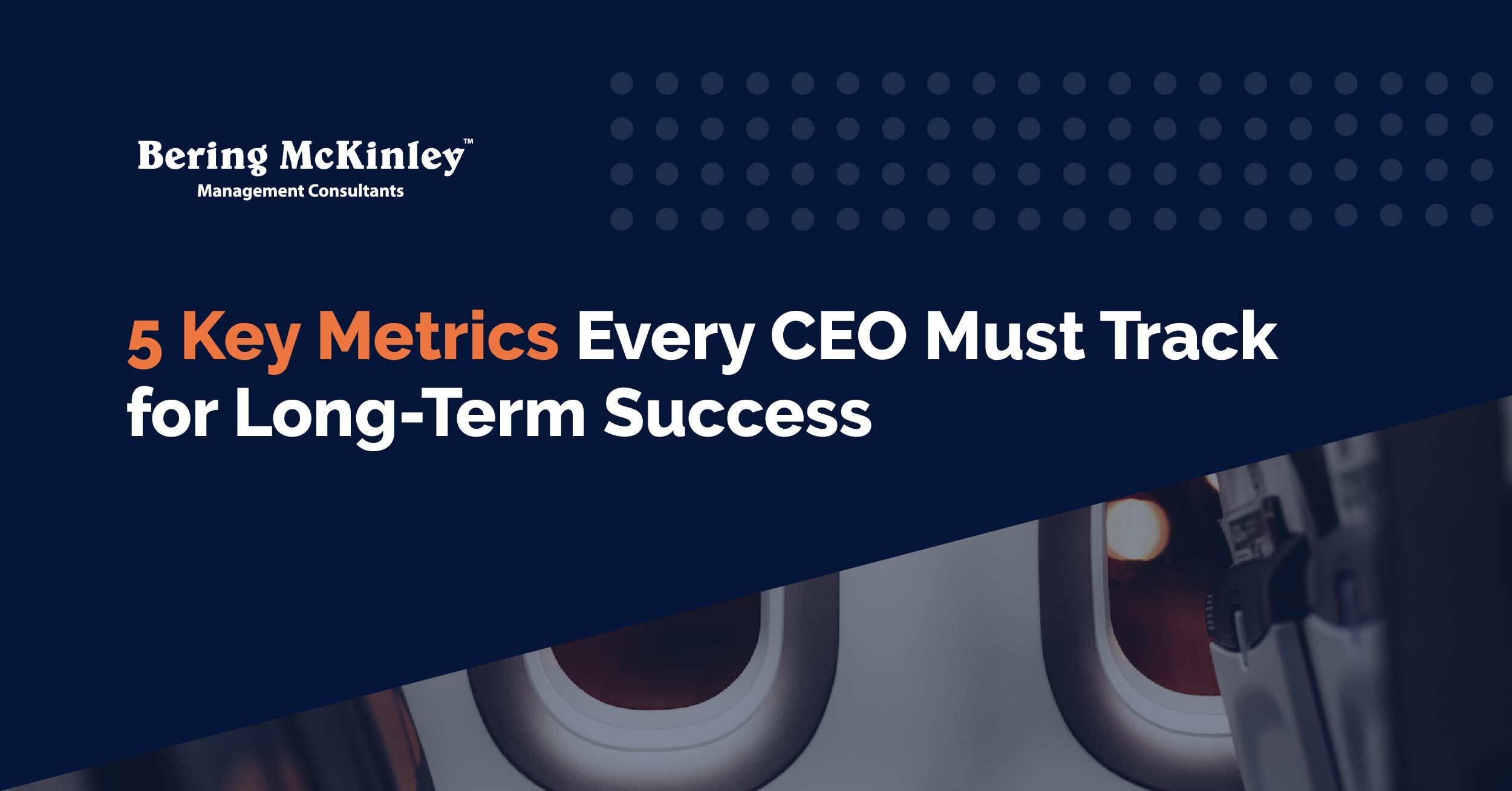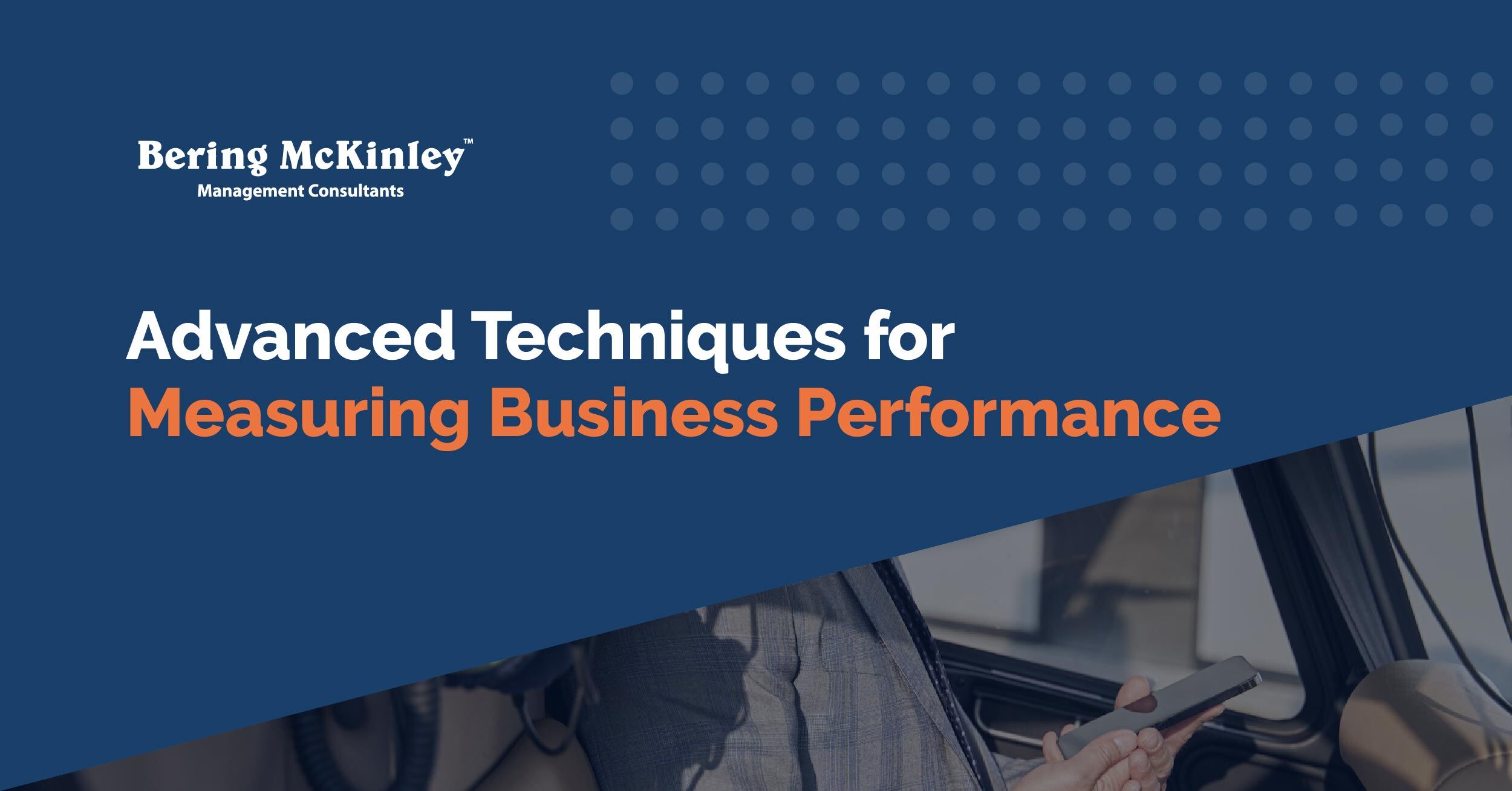Tracking MSP Business Performance with Metrics
Running a managed service provider (MSP) business is no small feat. It’s like balancing multiple spinning plates—efficiency, client satisfaction,...
3 min read
 Josh Peterson
:
Jun 2, 2025 2:00:00 PM
Josh Peterson
:
Jun 2, 2025 2:00:00 PM

Running a business is both an art and a science. For CEOs and business leaders, the challenge often lies in identifying the right metrics to track amidst the sea of available data. That’s where key performance indicators (KPIs) come in. These metrics provide a clear lens to evaluate your business's health, making them indispensable for informed decision-making and ongoing success.
For CEOs of Managed Service Providers (MSPs) or any enterprise, it’s not just about tracking numbers; it’s about knowing which numbers matter. From profitability to customer value, the right data informs strategy, sparks innovation, and drives growth.
This post dives into the five key metrics in business that every CEO should monitor, with a focus on universally relevant metrics and MSP-specific insights like Annual Gross Profit (AGP) and Effective Hourly Rate (EHR). By mastering these KPIs, you’ll gain the clarity needed to take your business to the next level.
What is Revenue Growth Rate?
Revenue Growth Rate measures how much your business's revenue has grown over a specific period, often monthly, quarterly, or annually. It’s one of the simplest metrics for understanding whether your business is expanding its income or struggling to find footing.
The formula is straightforward:
(Current Period Revenue - Previous Period Revenue) ÷ Previous Period Revenue × 100
For example, if your revenue grows from $1 million in Q1 to $1.3 million in Q2:
($1.3 million - $1 million) ÷ $1 million × 100 = 30% growth.
Revenue growth reflects market demand, pricing efficiency, and marketing effectiveness. Benchmarking against industry averages ensures you remain on par with competitors.
Pro Tip: Use tools like Bright Gauge to visualize your revenue trends and compare growth against your business goals.
What is Customer Acquisition Cost?
CAC is the total cost of acquiring a new customer, including marketing campaigns, sales team salaries, and promotional expenses.
(Total Sales and Marketing Costs) ÷ (Number of New Customers Acquired)
For example, if you spend $10,000 on lead generation and close 10 new customers, your CAC is $1,000.
A high CAC might indicate inefficiencies in your marketing and sales processes. The goal is to lower this metric while maintaining high-quality leads.
Ways to Reduce CAC:
What is Customer Lifetime Value?
CLTV measures how much revenue you can expect to earn from a single customer over their entire relationship with your business.
(Average Purchase Value) × (Average Purchase Frequency) × (Customer Lifespan)
For example, if a customer spends $500 twice a year for 5 years:
$500 × 2 × 5 = $5,000 CLTV.
CLTV contextualizes your CAC. If it costs $1,000 to acquire a customer, but their CLTV is $5,000, you’re on solid ground.
CLTV and CAC are like two sides of the same coin. Monitoring both ensures your business remains profitable while investing appropriately in customer acquisition.
What is Profit Margin?
Profit margin measures how much profit your business makes from its total revenue. There are three main types:
(Net Income ÷ Total Revenue) × 100
For instance, if your annual revenue is $5 million and your net income is $1 million:
($1 million ÷ $5 million) × 100 = 20%.
Compare your profit margin to industry averages using databases like IBISWorld. If your numbers trail competitors, identify inefficiencies in processes, pricing, or cost structures.
Boost profits with:
For MSPs, understanding profit margin is essential for planning long-term investments and high-impact initiatives.
For Managed Service Providers, unique metrics are necessary for assessing both profitability and operational efficiency.
Annual Gross Profit (AGP)
AGP calculates the profit generated from recurring services over a year, offering a clear snapshot of financial sustainability.
(Annual Contract Revenue - Direct Costs)
For example, if an MSP earns $500,000 in annual revenue from support contracts with $150,000 in direct costs:
$500,000 - $150,000 = $350,000 AGP.
Effective Hourly Rate (EHR)
EHR measures the revenue generated per employee hour worked. It determines whether your service pricing aligns with the actual costs of running your operations.
(Total Revenue ÷ Total Hours Worked)
For example, if an MSP team generates $400,000 in revenue working 8,000 billable hours:
$400,000 ÷ 8,000 = $50/hour.
Why AGP and EHR Matter
These metrics highlight profitability per service contract, enabling MSPs to refine resource allocation and pricing strategies.
Pro Tip: Bering McKinley consultants specialize in helping MSPs optimize AGP and EHR to ensure sustained, scalable growth.
Metrics offer an unbiased view of your business’s performance, helping CEOs and leaders make informed decisions. By consistently tracking key metrics in business like Revenue Growth Rate, CAC, CLTV, Profit Margin, and MSP-specific measures like AGP and EHR, you’ll maintain control over short-term performance and long-term success.
If these numbers feel formidable, the experts at Bering McKinley are here to help. Our tailored consulting services empower MSPs to refine processes, drive profits, and unlock growth. Schedule a free consultation to discover how we can help you thrive.
Running a managed service provider (MSP) business is no small feat. It’s like balancing multiple spinning plates—efficiency, client satisfaction,...

Business owners, especially Managed Service Providers (MSPs), often find themselves stuck between managing day-to-day operations and preparing for...

When it comes to running a successful business, one thing is indisputable: you can’t improve what you don’t measure. Basic metrics like revenue,...